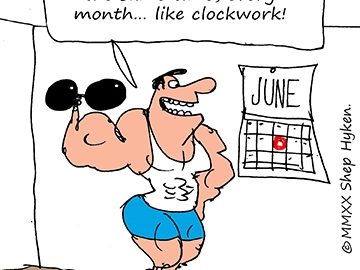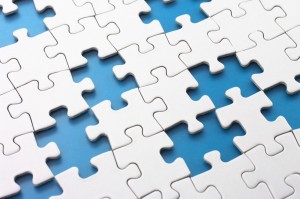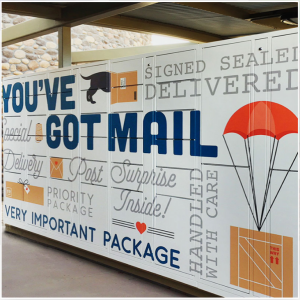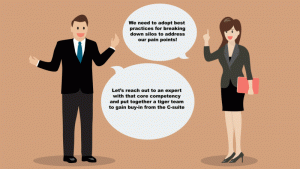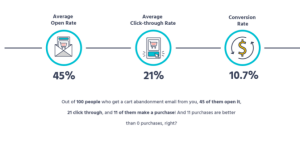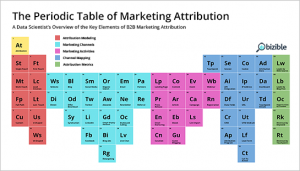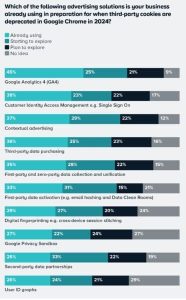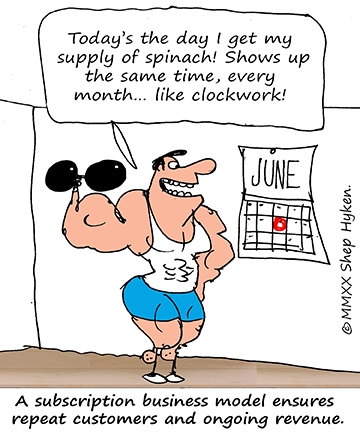
I have an idea about renewals. Most people think that a renewal applies to some type of subscription. You renew your subscription to a magazine, a maintenance contract or a software program. But what if renewal had a broader meaning?
What if renewal simply meant that the customer comes back—again and again? While repeat business may not be as steady as a subscription renewal, it can still be tracked in a similar way. A business with a true subscription model can predict renewals. Over time, any business can track return customers who, in a sense, are renewing their trust in the business to purchase from them again.
Let’s broaden the idea of subscription. Typically, a subscription means ongoing and recurring revenue to a company from customers paying on a schedule—monthly, quarterly or yearly. It can utilize something as simple as a subscription card, or a formal legal contract that binds the customer for a certain amount of time. Either way, it is an agreement that says, “I’ll pay you for ongoing products or services until the subscription runs out or I stop renewing.” When you take away the formality of the subscription, you have business as usual. The customer is not under any obligation or agreement to keep doing business with you. You have to prove your value to get them to come back. When you do, they will. Customers coming back, again and again, is akin to them renewing their subscription with you.
I can’t think of any business that wouldn’t want their customers to come back. I have written many times about how your goal is to always focus on the next time. In other words, what are you doing today to get the customer to come back next time? Assuming what you sell is a good product that does what it’s supposed to do, the way you manage the customer’s experience is what will increase the likelihood of the customer returning.
This makes sense for something a customer may buy on a regular basis. They experience your service often and over time, doing business with you becomes a habit. Every time the customer comes back, it’s a form of renewal. But what happens when the product is something the customer may buy every few years? Maybe it’s a car. Or maybe it’s a big piece of machinery that may not be replaced for another ten years. You may deliver an amazing customer experience when the customer buys, but what happens over the next few years—or ten—when there is minimal contact?
You can’t wait until just before you think the customer may buy from you again. For those types of purchases, it’s even more important to have a proper “renewal” strategy. Throw minimal contact out and create a schedule of more regular contact in between purchases. This is of the utmost importance. A formal schedule of customer contact is your ultimate renewal strategy. It shows you’re with them every step of the way—after the sale—and until the next time they buy.
When do you start working on getting the customer to come back next time—or renew their subscription? Here’s the answer: the day they buy from you the first time.
Business & Finance Articles on Business 2 Community
(23)
